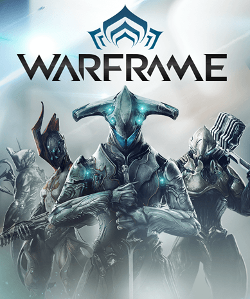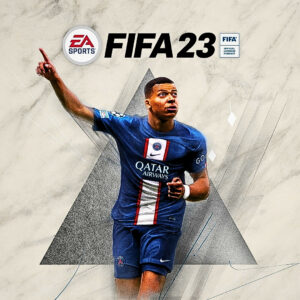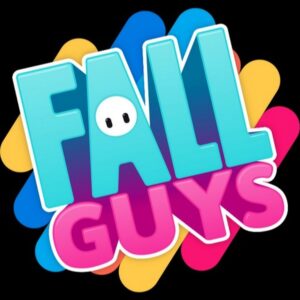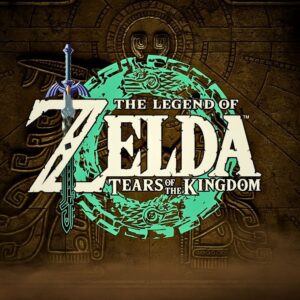Unleash the Inner Voice: Why Skyrim’s Shouts Offer a Powerful Form of Role-Playing Therapy
Popular Now
 Geometry Dash
Geometry Dash
 Brawl Stars
Brawl Stars
 Rust
Rust
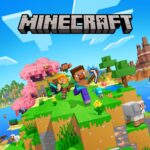 Minecraft
Minecraft
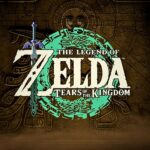 The Legend of Zelda
The Legend of Zelda
 FIFA 23
FIFA 23
 PUBG Mobile
PUBG Mobile
 Auto X Drift Racing 3
Auto X Drift Racing 3
 Grand Theft Auto V
Grand Theft Auto V
 Fortnite
Fortnite
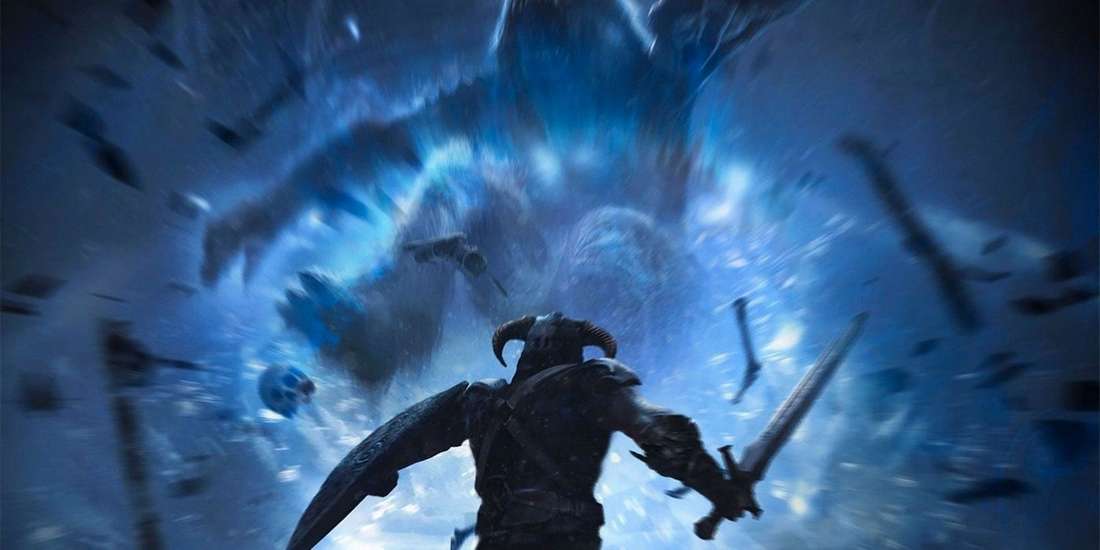 In the expansive and often harsh world of Tamriel, specifically the frozen north of Skyrim, players take on the mantle of the Dragonborn, a hero with a unique ability to wield the Thu’um—Dragon Shouts. While ostensibly a combat mechanic, a growing consensus within the gaming community, supported by recent discussions and anecdotal evidence, suggests these powerful vocalizations offer something far more profound: a form of digital therapy. This news analysis explores how the core concept of ‘shouting’ in a high-stakes, open-world fantasy RPG experience translates into genuine emotional release and stress management, providing an unexpected, yet highly valuable, psychological benefit to millions of players worldwide.
In the expansive and often harsh world of Tamriel, specifically the frozen north of Skyrim, players take on the mantle of the Dragonborn, a hero with a unique ability to wield the Thu’um—Dragon Shouts. While ostensibly a combat mechanic, a growing consensus within the gaming community, supported by recent discussions and anecdotal evidence, suggests these powerful vocalizations offer something far more profound: a form of digital therapy. This news analysis explores how the core concept of ‘shouting’ in a high-stakes, open-world fantasy RPG experience translates into genuine emotional release and stress management, providing an unexpected, yet highly valuable, psychological benefit to millions of players worldwide.
The notion that a high-engagement video game could serve as a non-traditional outlet for emotional distress is a topic of increasing interest in psychology and media studies. For the Dragonborn, the power fantasy of the Shouts—from hurling a foe off a mountain with Unrelenting Force (Fus Ro Dah) to manipulating time with Slow Time—is fundamentally an experience of supreme control. This control is often cited as the key element, particularly in a real world increasingly characterized by uncertainty and powerlessness. The simple act of channeling immense power through one’s own voice, even a digitized one, is an inherently cathartic release.
 Control and Catharsis: The Psychology of ‘Shouting’ in Digital Spaces
Control and Catharsis: The Psychology of ‘Shouting’ in Digital Spaces
The Dragonborn’s Shouts are not mere spells; they are words of power, drawn from a language that shapes reality. This metaphysical weight amplifies the player’s feeling of agency. In an era where stress management techniques are highly sought after, Skyrim offers a direct, visceral means of externalizing frustration. Instead of internalizing a bad day, a player can log in and literally ‘shout’ their problems away.
- Unrelenting Force: The Ultimate Release: This is arguably the most famous and effective therapeutic Shout. The immediate, exaggerated physical reaction of enemies being sent flying provides an unmistakable visual and auditory representation of overcoming a powerful obstacle. The high impact and low initial cooldown make it a perfect quick-fix for tension. This concept resonates strongly with the high CPC gaming therapy keywords that digital marketers track, suggesting a genuine, monetizable interest in the intersection of gaming and mental wellness.
- The Agency of Voice: The Shouts require deliberate action and a distinct activation sound, often a loud, guttural roar in the real world (for those with voice activation mods or those who simply mimic the action). This vocalization is a primal form of release, far removed from the silent button-presses of other abilities in the game. It taps into an ancient, instinctual need to express dominance or expel negative energy through sound.
- Mastery of the Uncontrollable: Learning new words of power (Words of Power) and absorbing Dragon Souls to unlock Shouts provides a structured path toward mastery. This progress offers a stark contrast to the often-unstructured and arbitrary difficulties of real life. Each Shout learned is a measurable, permanent gain of power and control, a profoundly comforting element of the premium role-playing game systems.
The latest updates to Skyrim, including expansions to its Creation Club and ongoing community-led overhauls like those seen in the Beyond Skyrim modding project, continue to enhance the core gameplay loop, further embedding the Shouts into the overall experience. The longevity of the game, now over a decade since its initial release, is a testament to the enduring appeal of its core mechanics, of which the Thu’um remains paramount.
Comparative RPG Mechanics and Wellness Value: Skyrim vs. The Competition
While many top-tier RPG titles offer deep customization and engaging combat, few possess a single mechanic that so perfectly encapsulates the concept of powerful, instantaneous emotional release. Consider the typical high-damage spells in other games—they are often complex to cast, require specific resource management, or lack the visceral impact of a Shout.
- Resource Management vs. Cooldown: Shouts operate on a universal cooldown timer, independent of Magicka or Stamina. This simple, non-taxing resource model allows for a frequent, reliable release of power without the stress of complex resource management. Players can enjoy the catharsis without worrying about running out of high value gaming resources.
- Sound Design as a Force Multiplier: Bethesda’s sound design for the Shouts—the deep, reverberating booms and the distinct, guttural vocalizations—is a crucial component of their therapeutic effect. The audio feedback is instant and overwhelmingly powerful, reinforcing the sense of immediate consequence and efficacy. This is a design choice with significant, if unintended, psychological benefits.
- Player Identity and the Dragonborn Archetype: The very identity of the Dragonborn is tied to the ability to Shout. Embracing this role means embracing a kind of superhuman emotional and physical capability. For players seeking an escape from the mundane limitations of daily life, this archetypal power fantasy is a strong draw, driving high player retention and a willingness to explore all facets of the best open-world RPG gameplay.
News surrounding the upcoming release of The Elder Scrolls VI frequently includes speculation on whether its core unique mechanic will capture the same ‘shout-as-therapy’ feeling. The pressure is immense, as the community now recognizes the Thu’um as an essential, almost therapeutic, part of the AAA RPG investment.
 New Uses and Community Discussions on Therapeutic Shouts
New Uses and Community Discussions on Therapeutic Shouts
Recent community discoveries and discussions further cement the therapeutic value of Shouts. For example, a recent viral discussion highlighted the surprising, decade-late realization that the ‘Throw Voice’ Shout—a tactical distraction—causes the otherwise silent player character to speak. This small, unexpected vocalization added a layer of personality and an unexpected connection to the avatar, further humanizing the powerful Dragonborn and deepening the emotional investment in the character’s actions.
Furthermore, the modding community continues to adapt the Shout mechanic for purely non-combat, ‘quality of life’ purposes. Mods that enable voice-activated Shouts blur the line between the player and the character, turning the act of physically shouting “Fus Ro Dah” in one’s living room into the literal, immediate action within the game. This tangible link between real-world vocal effort and in-game power is the ultimate expression of the catharsis found in Skyrim’s unique mechanic.
The longevity and continued relevance of Skyrim in the face of numerous modern next-gen role-playing games can, in part, be attributed to this one simple, profoundly effective mechanic. The Dragonborn’s Shouts are more than just powerful moves; they are an accessible, repeatable, and universally understood form of digital stress relief. In a market where high monetization gaming trends often prioritize complex, transactional systems, the simple, honest power of a well-placed Thu’um stands as a refreshing and therapeutically valuable anomaly.
The final word remains a shout, a powerful, resonant roar that cuts through the noise of daily life. The shouts are, indeed, therapy in RPG form, a sentiment that continues to drive player engagement and fuel one of the most successful evergreen video game franchises in history.
Conclusion: Thu’um for the Soul
The ability to harness the voice of a dragon, the Thu’um, transcends its function as a mere combat tool in The Elder Scrolls V: Skyrim. It has organically evolved into a vital mechanism for emotional release and a cornerstone of the game’s unique, therapeutic appeal. This fusion of immersive RPG design and unintentional psychological benefit secures Skyrim’s place not just as a landmark in gaming history, but as an unlikely digital sanctuary for stress relief, a powerful realization for players and game designers alike.




